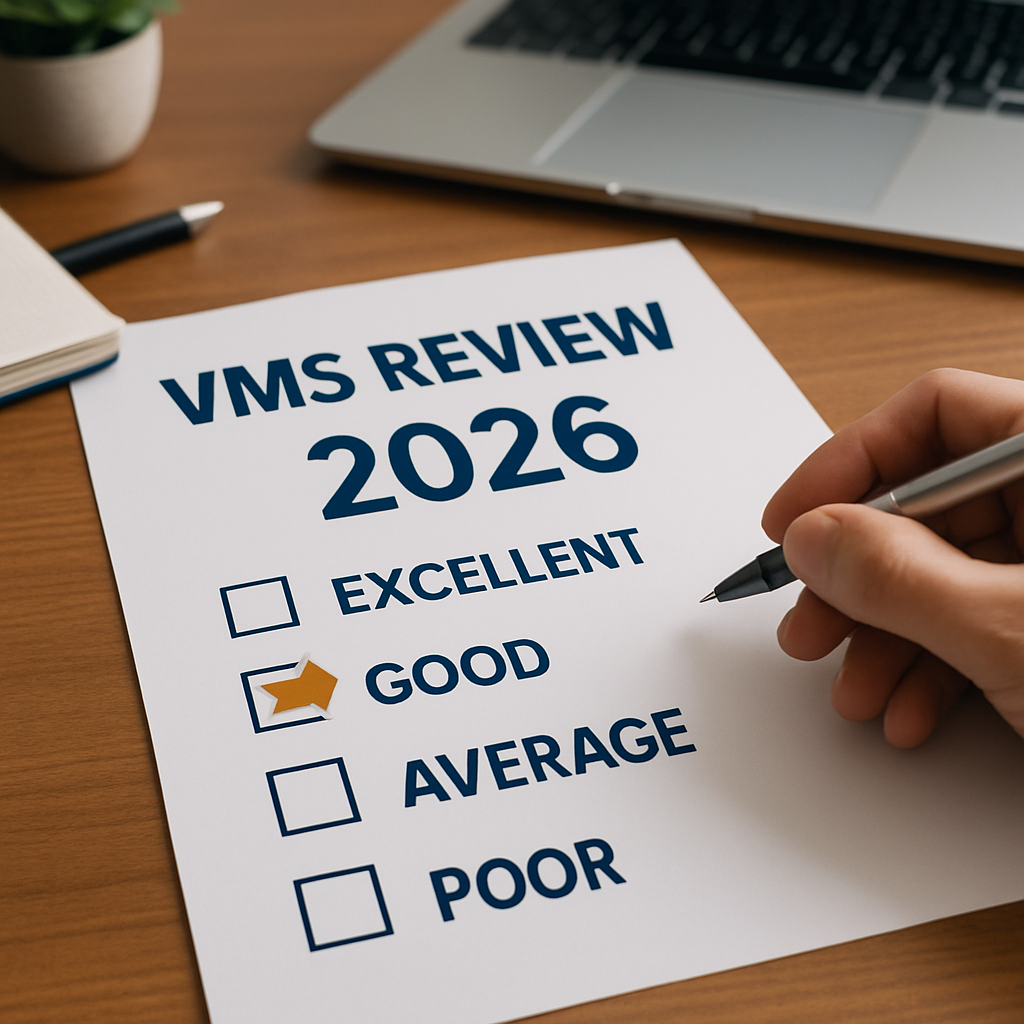Over the last ten years, the contingent workforce has become increasingly popular. It's easy to see why! Temporary workers, contractors, and freelancers provide numerous advantages for modern organizations, such as enhancing scalability and lowering labor expenses. If your contingent workforce isn't delivering the expected ROI, or if you wish to prevent issues and risks, consider these best practices:
1. Ensure HR and Procurement Work Together
Contingent workers aren’t employees, but they aren’t your typical ‘procurement category’ either. They are temporarily part of your workforce, that can be viewed as either a human resource or a ‘temporary service’. This leaves a lot of grey area when determining whether they should be managed under procurement or HR.
So who do you get to manage them? The answer is both. Procurement can use their expertise of managing costs, while HR can ensure contingent workers are providing quality work and help improve retention by engaging workers (within the constraints of the law, it’s important not to misclassify temp workers as employees).
Your organization should ensure that both HR and procurement teams work together. Otherwise, you risk wasting money and mismanaging your resources.
2. Have Business-Wide Procedures
It isn’t just disjointed HR and Procurement departments that can create problems. Another major issue businesses face with their contingent workforce management program is inconsistent procedures. This is usually because hiring of contingent workers is managed by individual hiring managers. This can lead to fragmented processes, higher spend, poor workforce visibility and compliance issues.
To help reduce all these risks, you should ensure there are clear procedures for managing contingent workers. This includes training the staff responsible for hiring and managing, as well as completing internal reviews to ensure procedures are being followed.
To help alleviate the burden of doing all of this, you should consider a vendor management system (VMS), which aggregates information and helps standardize processes.
3. Take Advantage of Technology
Managing your contingent workforce involves a lot of information handling and repetitive tasks. Both can take attention away from your core business and increase the need for more resources.
The good news is contingent workforce recruiting technology has come a long way. One particularly beneficial technology is a vendor management system (VMS).
A VMS is a software platform that centralizes the management of your contingent workforce staffing. It provides clear visibility over your workforce and helps manage every stage from sourcing and onboarding to payment. Best of all, it can help streamline and even automate processes so that your staff can spend less time managing workers and more time working with clients.
4. Get outside support (if needed) - Partner with an MSP
If your contingent workforce management program is out of control and you have limited resources to fix it, you’ll need external support. By working with a managed service provider (MSP), you gain access to experts who will evaluate your situation and streamline your contingent workforce processes. Expert advice will ensure you are meeting government regulations, obtaining the best talent, and receiving the best rates.
5. Don't Misclassify Your Contingent Workers
It’s crucial that contingent workers are classified according to their status, as a non-employee worker and not in the same manner as traditional employees. Businesses that misclassify their workers are subject to hefty fines and lawsuits.
Typically, a worker is presumed to be an employee unless the employer can prove that:
- The worker is free from control and direction in the performance of services
- The worker is performing work outside the usual course of the business of the hiring company
- The worker is customarily engaged in an independently established trade, occupation or business.
Learn more about the benefits of a VMS
Learn more about the Benefits of a VMS and what to look for when choosing the best VMS for your organization. Download our Free VMS Buyer's Guide here:
Discover the Power of Conexis VMS
Conexis VMS is purpose-built for organizations seeking to manage their contingent labor spend effectively. Here’s why we're the right choice:
- Fast Deployment: Get up and running in weeks, not months
- Transparent Pricing: Flexible pricing with no hidden costs
- White-Label Ready: Customize the platform with your brand
- Real-Time Insights: Make faster decisions with built-in analytics
- Audit-Ready Compliance: Store contracts, worker data, and rates in one secure hub
About Conexis VMS
Conexis is an award-winning Vendor Management System built for organizations that want the power of enterprise software without the complexity or cost.
Leveraging the latest technology, Conexis delivers the expertise, reliability and security of enterprise systems, while offering the flexibility, user friendliness and tailored, personal service you require. Learn more about our Company and why organizations Choose Conexis VMS.
Looking to Switch Your VMS or Just Getting Started?
Whether you are looking to Switch your VMS, or just Getting Started, we are here to help. Contact Us for a Free No-Obligation Consultation, See how Easy Conexis is to use by taking a quick 2 minute Self-Guided Online Demo, or Book a Personal Demo Today!
Additional Articles on this Topic:






